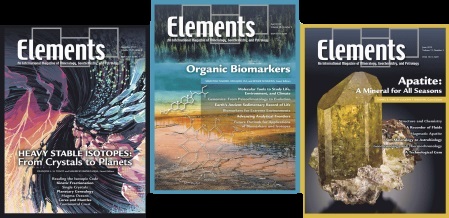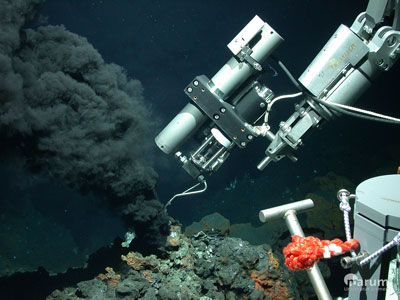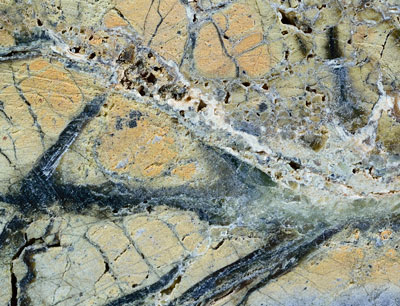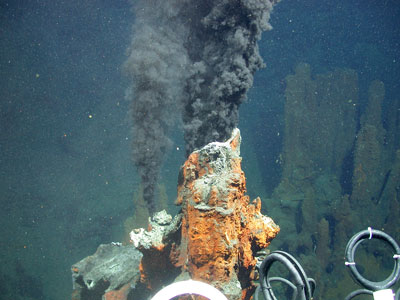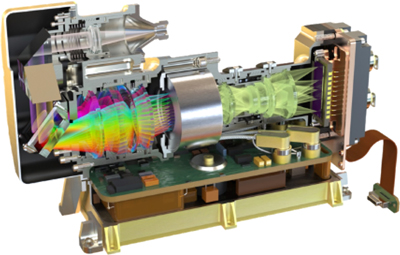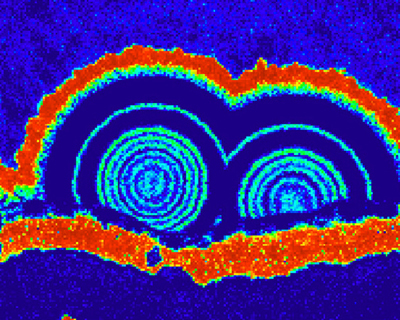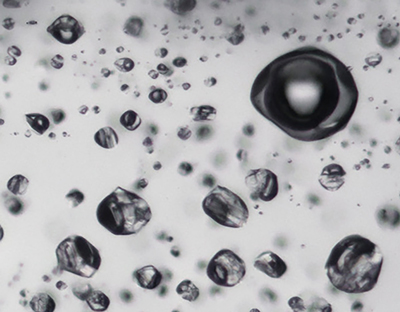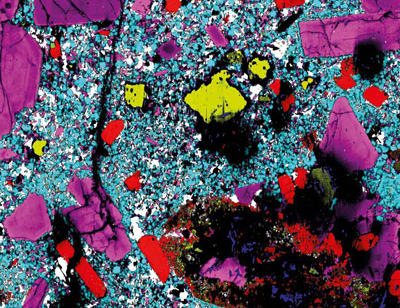The Behavior of H2 in Aqueous Fluids under High Temperature and Pressure
The presence of H2 and H2O in planetary interiors prompts the need for fundamental studies on these compounds under corresponding conditions. Here, we summarize data on H2 properties in aqueous systems under conditions of high temperature and pressure. We explain how to measure important H2 fugacities in hydrothermal systems. We present available experimental data and thermodynamic models for H2 solubility and vapor–liquid partitioning under hydrothermal conditions. In addition, we introduce the fascinating world of H2–H2O clathrate hydrates under extreme temperatures and pressures. The properties of the H2–H2O system are well established below the critical point of water (374 °C and 22.06 MPa), but far less is known under higher temperatures and pressures, or the effect of salt.
The Behavior of H2 in Aqueous Fluids under High Temperature and Pressure Read More »

